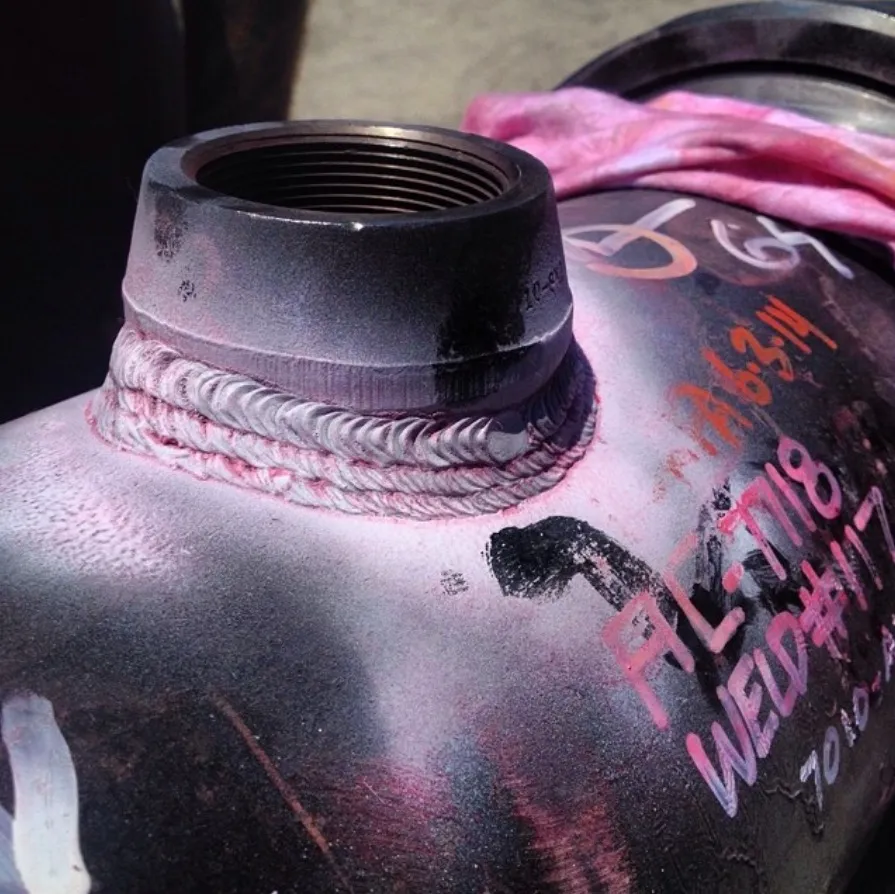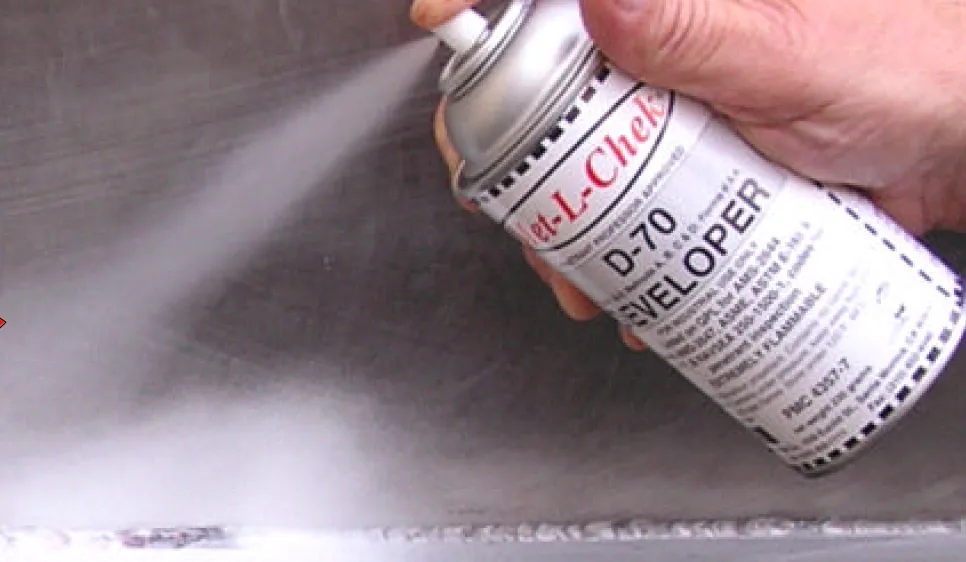-
- Fluorescent Penetrants
- Biodegradable
- Water Washable
- Post Emulsifiable
Fluorescent Penetrants
-
- Magnetic Particle Inspection
- Dry Method Magnetic Particle Inspection Products
- Oil Method Magnetic Particle Inspection Products
Magnetic Particle Inspection
-
Have Questions?
We use cookies to collect information about how you use our site, monitor site performance, and improve your experience. By using our website you agree to these Terms of Use.



